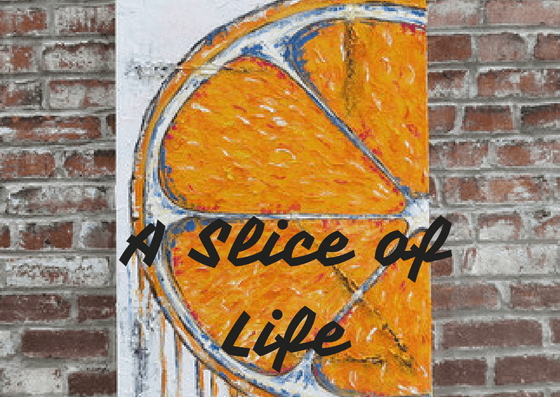Reading Time: 4 minutes
The 5th Indo-Bangla Film Festival showcased regional films in Delhi, including Assamese entries, with critically acclaimed ‘Raktabeej’ being the standout attraction, reports Ruchira, exclusively for Different Truths.

The 5th Indo-Bangla Film Festival, which featured a few Assamese language entries as well, entertained the film buffs (read regional) of the National Capital and surrounding areas over the second weekend of balmy February. The event was organised by a high-profile advertising agency in tandem with a socio-cultural welfare organisation.
Thanks to the influence of the OTT phenomenon, a few of the prominent entries, namely Ardhangini and Palan (both being the brain kids of ace director Kaushik Ganguly), perhaps failed to create the desired impact. And yet it was heartening to observe that both ran to an almost packed auditorium. Ditto for the film Raktabeej, which is the handiwork of the celebrity director duo Nandita-Shiboprosad, which already seems to be garnering rave reviews.
I managed to watch two rather thought-provoking films at the event.
I managed to watch two rather thought-provoking films at the event. Debi, a Bangladeshi film based on noted author Humayun Ahmed’s eponymous novel, revolves around a middle-class housewife, Ranu, who seems to be afflicted by some kind of psychological problem. Her spouse, Anis, seeks help from Misir Ali, a psychiatrist and part-time professor at Dhaka University, to help her overcome her paranormal problems.
In what may be termed a coincidence, a young college student named Nilu, who happens to be Ranu’s landlord’s daughter and Misir Ali’s student as well, gets acquainted with an enigmatic male, who goes by the name of Ahmed Sabet on social media and longs to meet him. On the other hand, Ranu divulges to Ali about a traumatic childhood experience in which a corpse got stuck in her clothes while she had been swimming in the river. To delve further, Ali travels to her village. He is astonished to learn that Ranu’s narrative is a convoluted mixture of several incidents and a figment of imagination. A local hooligan once lured young Ranu into an abandoned temple and attempted to rape her. However, some occult force intervened to save her. A cousin of Ranu informs him about Ranu’s uncanny ability to foresee the future, which developed after that incident. Ali also discovers that a beautiful statuette of a goddess (thought to be haunted) was stolen at the same time.
Misir Ali was also told about the bizarre, ghastly ritual in which two teenage virgin girls were sacrificed to the deity to remove the curse of infertility imposed on some prominent households in the village. When Ali finally confronted Ranu, she confessed that the man didn’t lure her; rather, she frequented the shrine since she was attracted to the image and often played with it. She further revealed that the goddess protected her and continued to do so always.
On Nilu’s birthday, Ahmed Sabet invites her on a date. But on their way back home, Sabet kidnaps Nilu and drags her to his torture cell, Nilu learns that Sabet is a misogynist serial killer who brutally kills his victims, whom he spots on social media.
Meanwhile, Ranu begins to get strange premonitions regarding Nilu’s well-being. She even gets a blurry vision of Saber’s torture cell. In a desperate bid to save Nilu, she invokes the goddess. The goddess saves Nilu by killing Sabet. Unfortunately, Ranu falls grievously ill and finally dies.
Next, the movie goes into fast-forward mode. A few days later, while Ali is at Ranu’s funeral, he meets Nilu and is shocked to behold that her face and behaviour strangely resemble those of the dead woman. Is this an indication that the goddess now stays with her? Frankly, I sometimes found the film horrific, macabre, and gut-churning.
Directed by debutant Abhijit Sri Das, the second film, Bijoyar Pore, (aka Autumn Flies), garnered plaudits at the recently concluded 29th Kolkata International Film Festival in the Bengali Panorama section. The film vividly depicts the fortitude of the human spirit and the eternal transformative power of love.
It is the poignant tale of a senior citizen couple Anando and Alakananda…
It is the poignant tale of a senior citizen couple Anando and Alakananda, who reside in their charming old mansion named Guloncho (a flowering plant). Theirs is a sepia-tinted, beautiful world, replete with memories of their three young children and fun-filled, sunny days of yore. Sadly, unknown to them, the world beyond Guloncho is changing rapidly. The two sons have become mundane, avaricious creatures with scant emotions for their aged parents. The couple’s daughter, who is defiantly in a live-in relationship, is shunned by her family.
In a happy turn of events, the entire family gathers at the ancestral house after Durga puja. Amidst the festive atmosphere of Bijoya Dashami pervading the house (albeit with undercurrents of tension), when an unexpected tragedy occurs, Alokananda desperately attempts to maintain the illusion of happiness. However, long suppressed feuds and factions come to the fore; yet “hope springs eternal…” The third generation of the family, two cousins, are determined to stick together in a show of solidarity with their grandparents.
Picture design by Anumita Roy
















